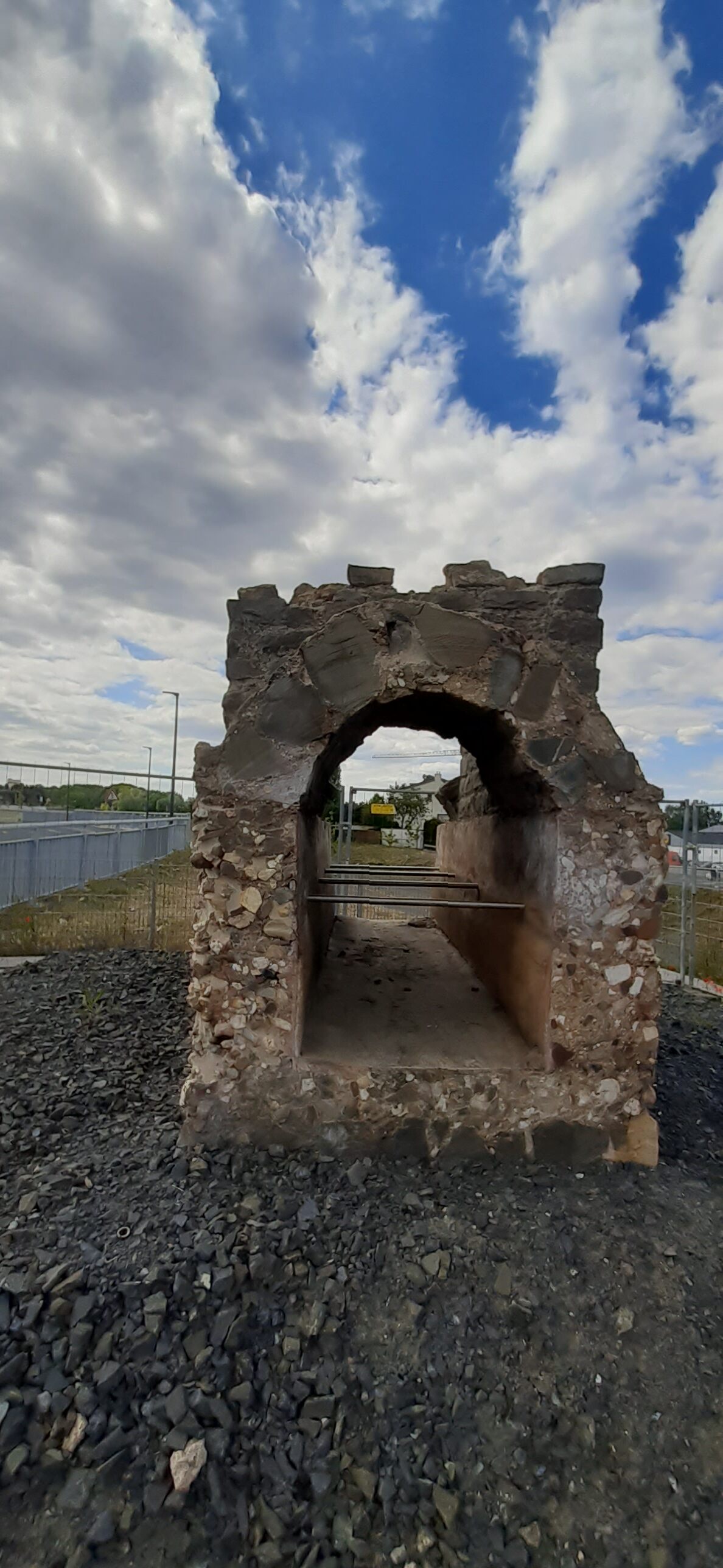The capital of the province of Lower Germania, the city of Colonia Claudia Ara Agrippinensium (today’s Cologne, Germany), due to its importance, had a high demand for running water. It was collected from the mountainous Eifel region 100 km away, thanks to an aqueduct capable of transporting up to 200,000 cubic meters of water per day.
It is the longest water supply system of the Roman Empire north of the Alps. It runs mostly underground, which protected the water from freezing. The Eifel water was hard and the calcium deposited in the city’s lead pipes formed a layer that prevented poisoning with the harmful element.
The aqueduct operated from the 1st to the 3rd century CE, and in the Middle Ages, its fragments were used as the building blocks of sacred buildings. Inside the channel, calcium precipitated from the flowing water, which formed 40-centimeter thick patches. After polishing, they resembled marble and were perfect for altar plates or columns. The “Eifel Marble” can be found in Romanesque churches in Cologne, in the cathedral in Paderborn, and even in the Danish Roskilde.
In the photo: a fragment of the aqueduct located in Hürth near Cologne.
- Eifel aqueduct Cologne
- Eifel aqueduct Cologne




